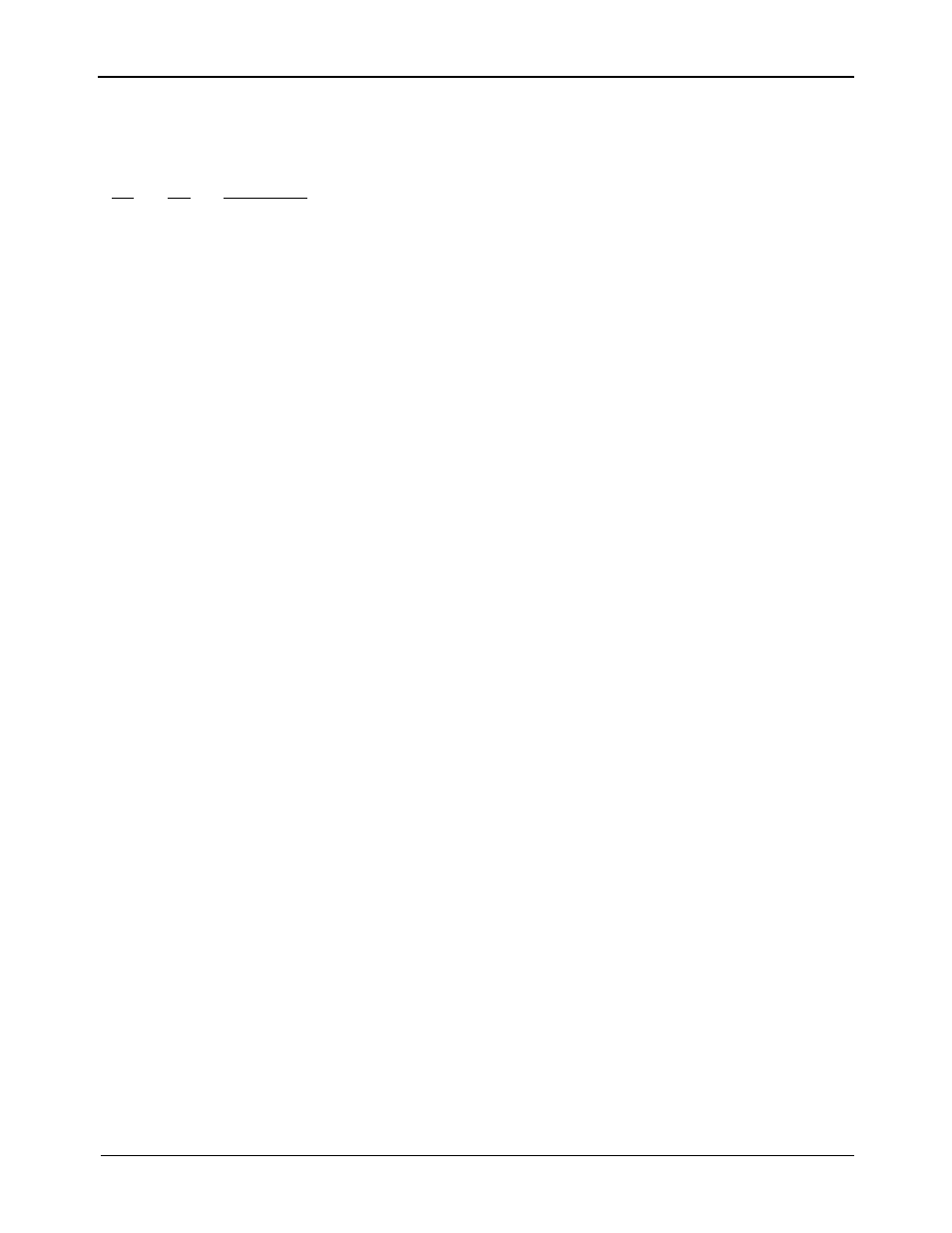Microcom 466 User Manual
Page 48

Printer Commands
Chapter 5
466 Operators Manual
42
5.3.2 PRINTING COMMANDS
The following commands initiate label printing or define the number of labels to be printed.
^A
^D
Command
3
Print Command: Prints a single label or starts the printing of a batch of labels.
This is usually the last command in a format file.
11
Print Test: Prints a label with diagonal lines that is useful in determining the
condition of wear of the print head. (Equivalent to ^K)
12
Form Feed: (Equivalent to ^L) Prints a blank label.
70
Clear commands 73-76.
XX
73
Load copies count: This command instructs the printer to print multiple copies
without regenerating the label image. This command can be used in conjunction
with the ^D75 (load print count) to allow duplicate copies to be made inside a
batch. For example, assume a format has been loaded that has an incrementing
field. The following command string will print a total of 150 labels; three identical
copies of each serial number and 50 sets of each number
(^A3^D73^A50^D75^D3?).
1
74
Infinity Print: Prints a batch of labels but will continue to print until the printer is
turned off. This command is most useful in tag/tear or peel-and-dispense
modes. ^A1 activates this mode. Can be used with serial numbers. Example
usage: ^A1^D74^D3? - Prints until printer turned off or paused, using the front
panel button.
XX
75
Load Label Count: This command instructs the printer to print a batch of labels.
This command differs from the ^D73 command by regenerating the label for
every print. This allows the printer to increment or decrement fields on each
label. It can be used in conjunction with the load copies count command
(^D73). The batch of labels will be printed when a ^D3 is executed. Therefore,
this command must precede a ^D3 command. See section 5.3 for more
information. Example usage: ^A20^D74^D3? - This example will regenerate and
print 20 labels.
